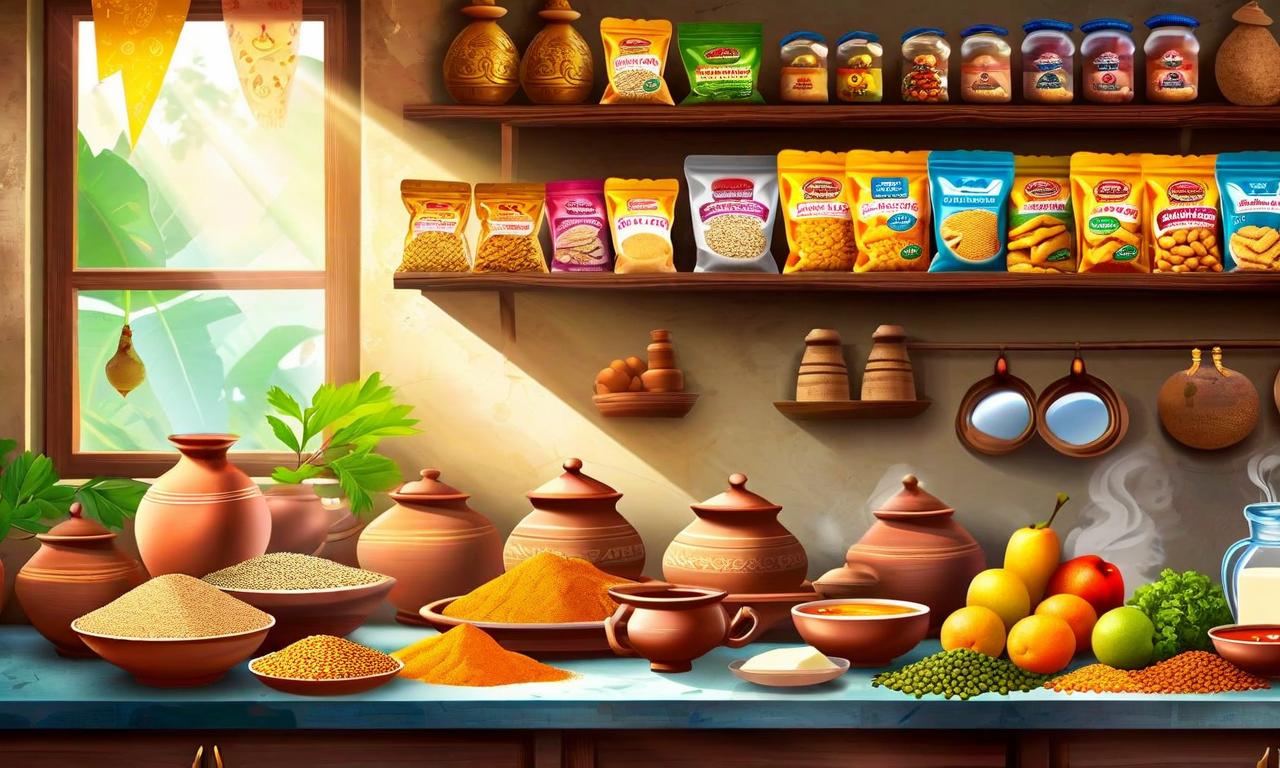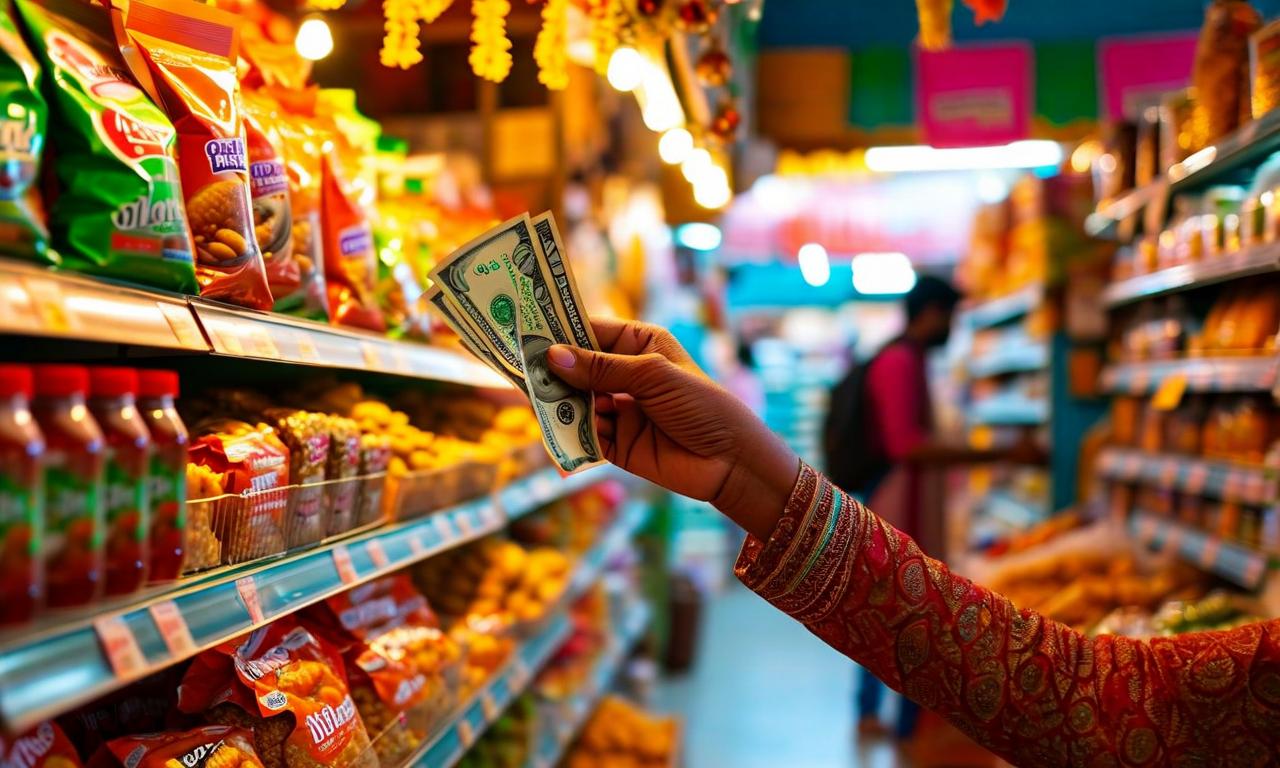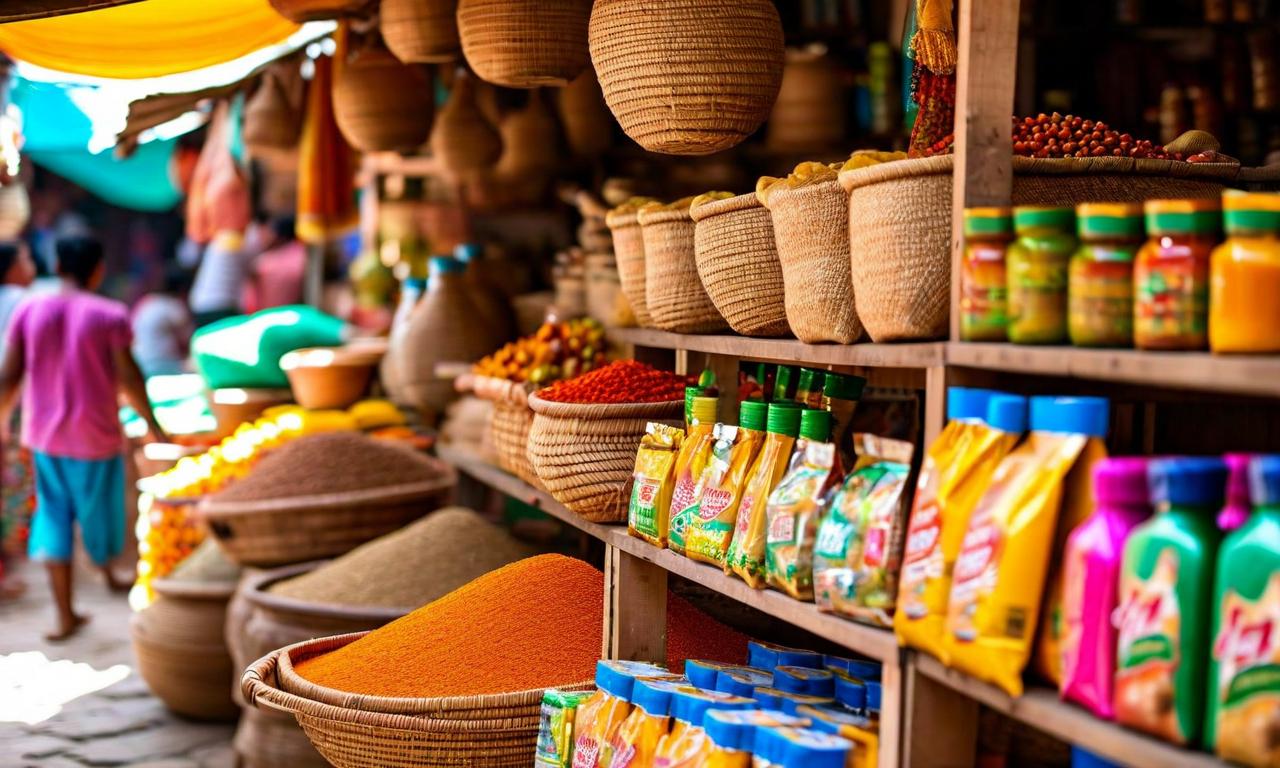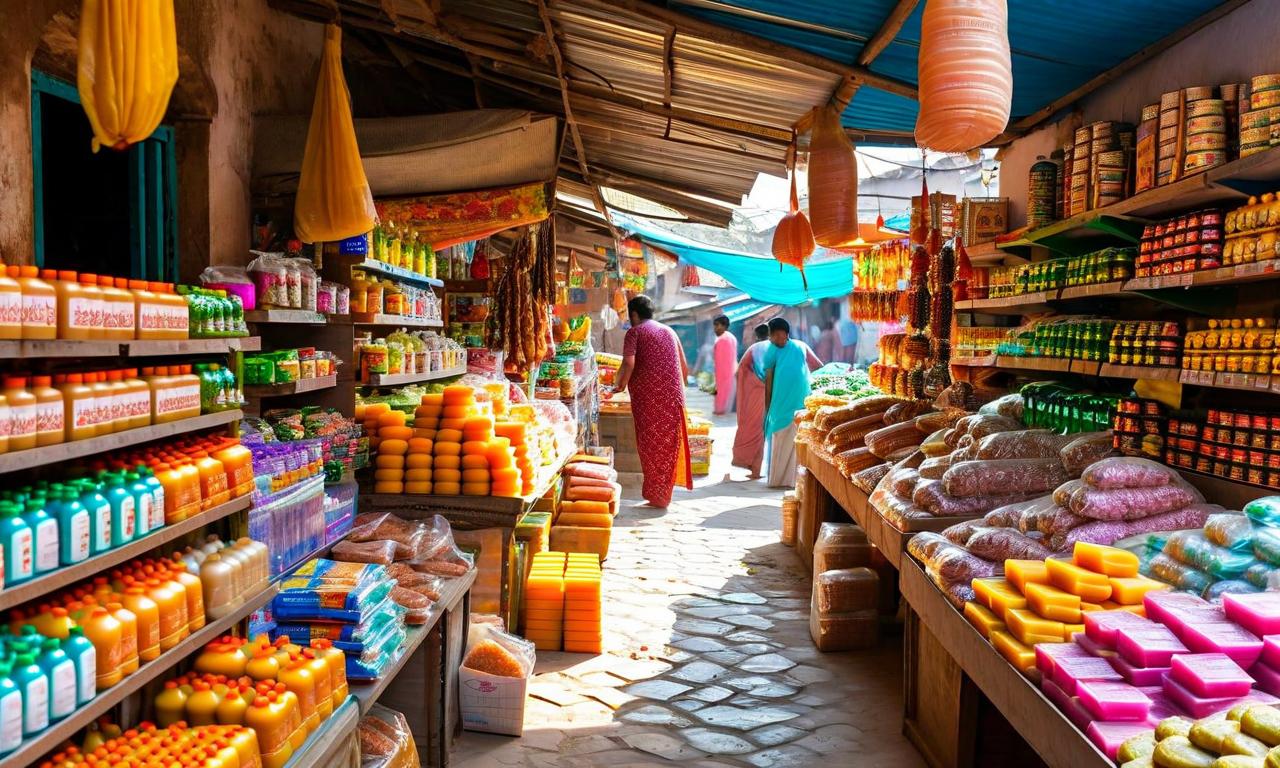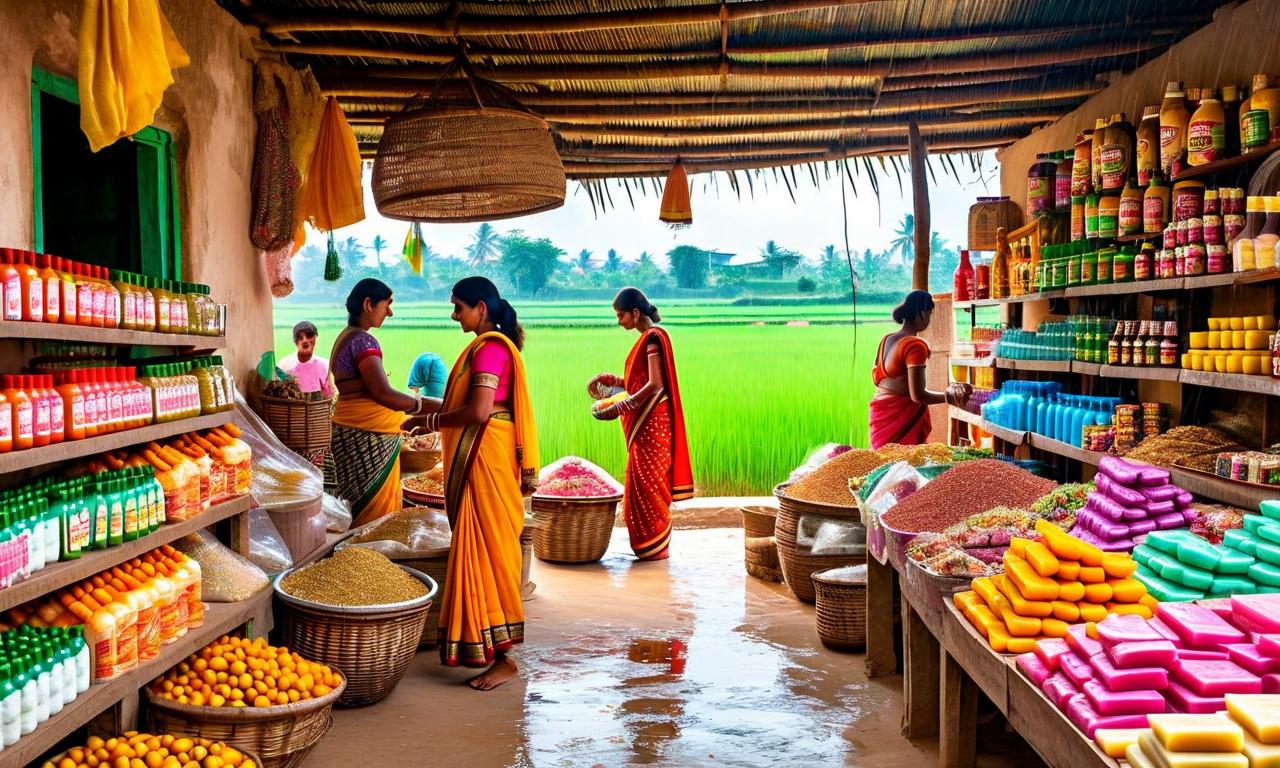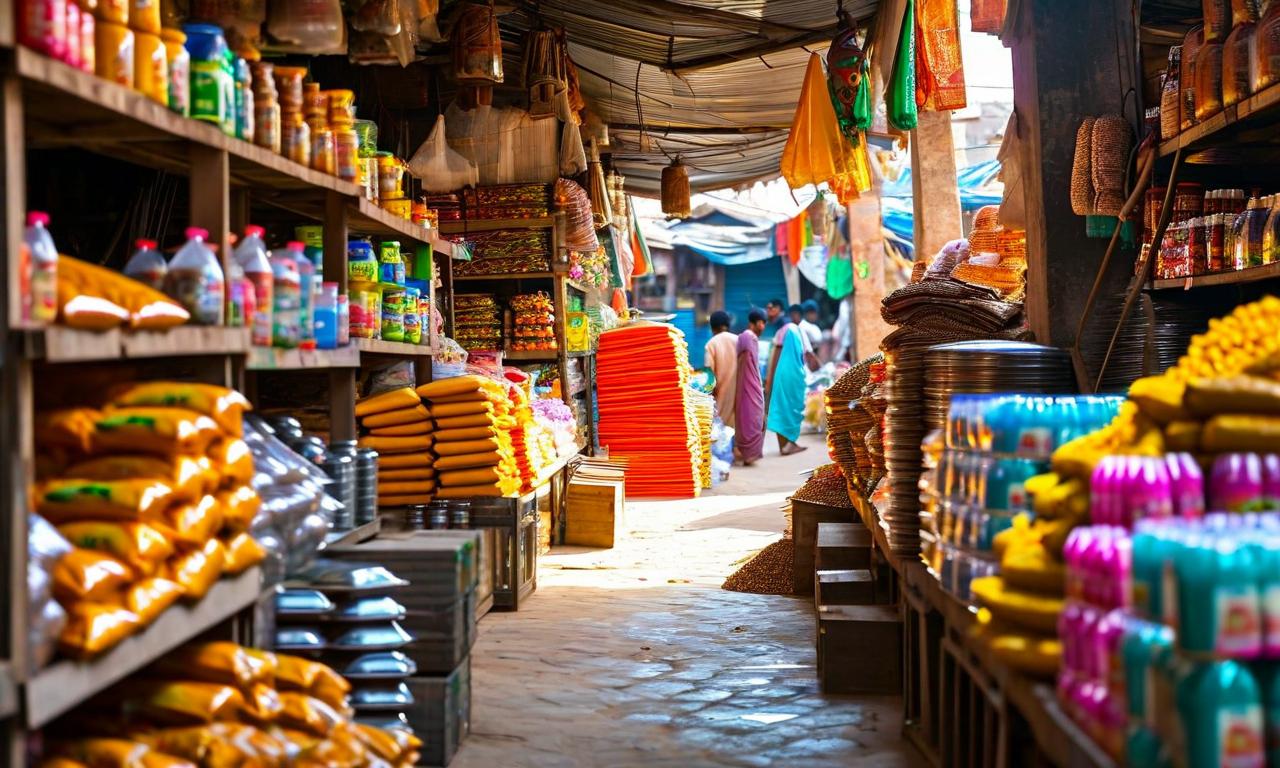GST Rate Cuts on Staples Set to Boost FMCG Sector; Bikaji and Emami Poised for Significant Gains
Industry expert Abneesh Roy predicts significant GST rate cuts on staple items from 12% to 5%, potentially before Diwali. Companies like Bikaji, Emami, Nestle, and Dabur, with high exposure to the 12% GST bracket, are expected to benefit. Favorable factors including tax rebates, expected interest rate cuts, low inflation, and good monsoon conditions support sector growth. Top picks include HUL, Britannia, Bikaji, and Nestle. Rural demand is expected to outpace urban growth. Margin expansion is anticipated in the second half of the fiscal year due to corrected coffee prices and palm oil duty cuts.
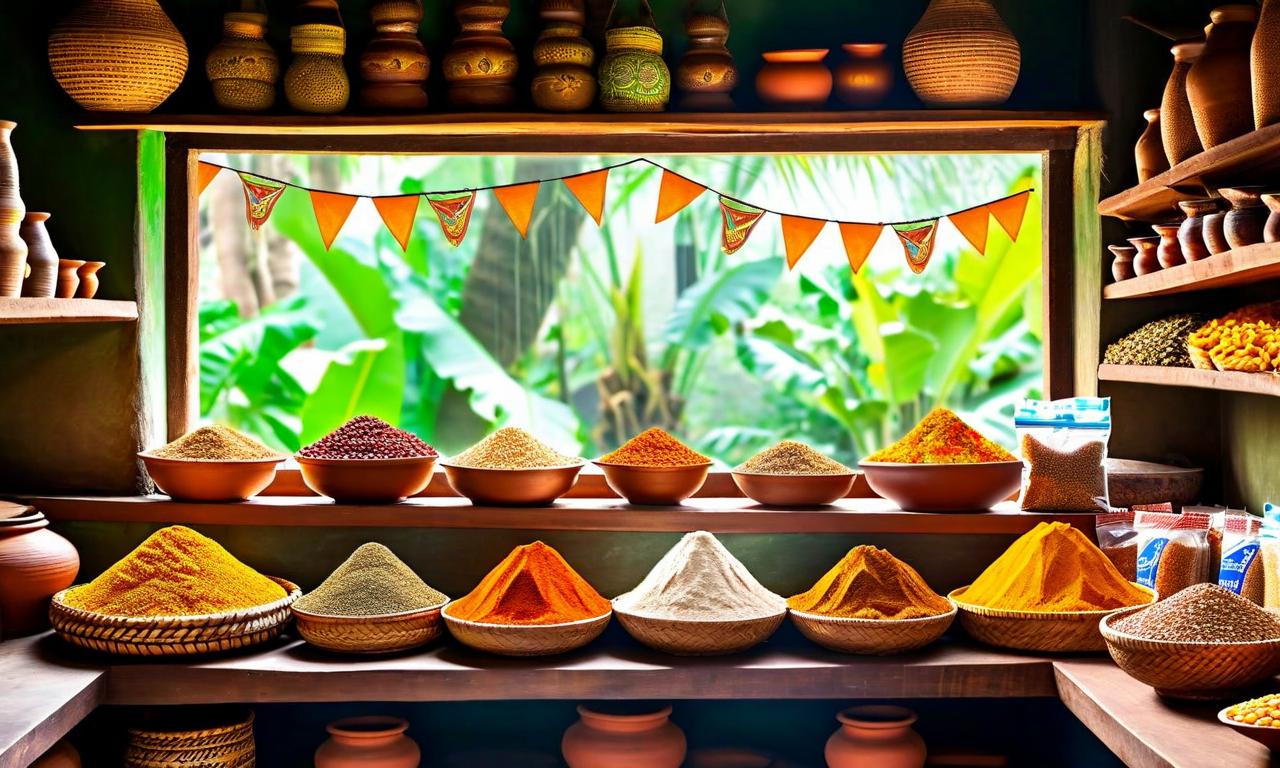
*this image is generated using AI for illustrative purposes only.
In a potential game-changer for the Fast-Moving Consumer Goods (FMCG) sector, industry expert Abneesh Roy from Nuvama Institutional Equities anticipates significant GST rate cuts on staple items. This move is expected to provide a substantial boost to consumption, particularly benefiting companies with high exposure to the current 12% GST bracket.
Expected GST Reductions
Roy predicts a reduction in GST rates from 12% to 5% on staple items such as ghee, butter, and namkeens. This change is anticipated to be implemented before Diwali, potentially catalyzing a surge in consumer demand.
Companies Set to Benefit
The impact of these GST cuts is expected to vary across FMCG companies, depending on their exposure to the 12% GST bracket:
| Company | Business Exposure to 12% GST |
|---|---|
| Bikaji | 70.00% |
| Emami | 60.00% |
| Nestle | 25.00-27.00% |
| Dabur | 24.00% (India business) |
Bikaji, with its significant 70% exposure, is positioned to be a major beneficiary. Roy projects that the company's volume growth could accelerate from high single-digit to double-digit figures post the rate cut.
Positive Factors for FMCG Sector
Several factors are aligning favorably for the FMCG sector:
- Tax rebates
- Anticipated interest rate cuts
- Multi-year low consumer and food inflation
- Favorable monsoon conditions
These elements collectively paint a promising picture for the sector's growth prospects.
Top Picks and Sector Outlook
Roy's top picks in the FMCG space include:
- Hindustan Unilever Limited (HUL)
- Britannia Industries
- Bikaji Foods International
- Nestle India
For the cigarette segment, a bucket reclassification is expected, potentially accompanied by a slight increase in taxation.
Urban vs Rural Demand
The recovery in urban demand is anticipated to be gradual. Meanwhile, rural demand is expected to continue outpacing urban growth, indicating a shift in consumption patterns.
Margin Expansion Prospects
The second half of the fiscal year looks promising for margin expansion in the FMCG sector. This optimism is fueled by:
- A 30% correction in coffee prices
- Recent palm oil duty cuts
These factors are likely to ease input costs for FMCG companies, potentially boosting their profitability.
As the FMCG sector braces for these changes, companies are positioning themselves to capitalize on the expected surge in consumer demand. The combination of GST rate cuts, favorable macroeconomic factors, and potential margin improvements could usher in a new phase of growth for the Indian FMCG industry.
